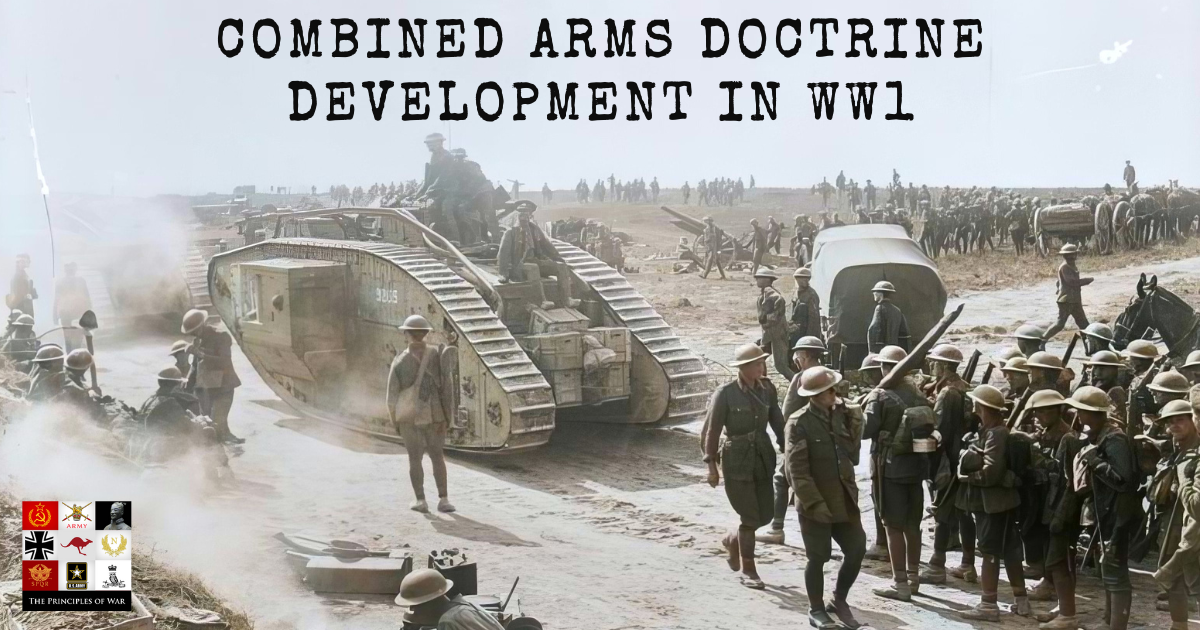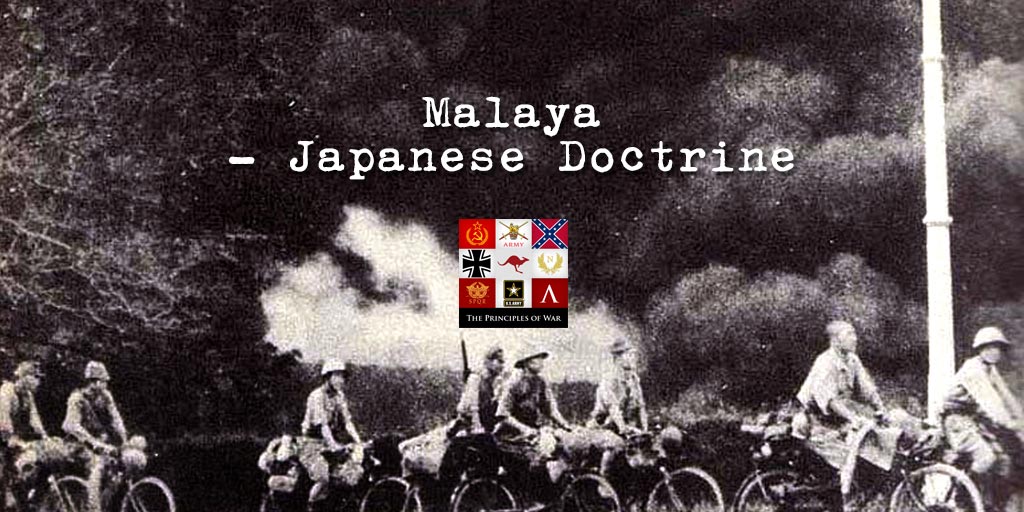This episode continues our discussion with Dr Robert Lyman about British doctrine development in the inter-war period. Robert is a military historian and co-author of Victory to Defeat: The British Army 1918–1940, alongside Lord Dannatt, former Chief of the General Staff of the British Army. We discuss the development of military doctrine and its contribution to combat success. The contrasting approaches of the British Army and the German Wehrmacht in the interwar period highlight lessons for contemporary military and political leaders.
Wehrmacht Integration of Technology and Doctrine
We discuss the German Army’s approach to integrating evolving technology into their doctrine. Despite some limitations in early tank models, the Wehrmacht focused on operational effects, utilizing mobility and psychological impact to their advantage. The doctrine prioritised manoeuvre warfare— which would develop into the concept of ‘Blitzkrieg’—allowing them to bypass enemy strongholds, create surprise, and inducing the turbulent situation with which the enemy cannot cope.
A part of the success was the massing of tanks to achieve shock effect, even if those tanks were not individually superior. The German Army coordinated with air power, notably with the use of Stuka dive bombers, providing close air support, which served as a force multiplier on the battlefield. This integration of air and ground operations was a significant advancement that the British Army had not matched at the outset of World War II and it was probably not until 2nd El Alamein that they were able to achieve similar integrated effects.
Training and Doctrinal Evolution
A part of the Wehrmacht’s effectiveness was the rigorous training program. The German military invested heavily in a training cycle that advanced from individual soldier skills through to low level collective training through to Brigade and Divisional manoeuvres. This process ensured that their forces were not only well-drilled but also adaptable to evolving situations on the battlefield.
The Wehrmacht approach is contrasted with the British Army’s shortcomings in preserving and advancing their doctrine post-World War I. The British failed to retain the tactical lessons learned, and the equipment with which to employ those lessons and did not adequately adapt to technological innovations such as improved communications and armoured warfare. This was compounded by a lack of large-scale exercises comparable to the German maneuvers which would have enable the British to understand the art of the possible with new technology in Large Scale Combat Operations.
Logistical Limitations and the Tooth-to-Tail Ratio
We discuss the British Army’s logistical constraints during the interwar years. The “tooth-to-tail” ratio deteriorated significantly, with insufficient integration of combat support and service support units necessary for sustained operations. The British logistical planning remained rooted in World War I paradigms, inadequately addressing the requirements of a mobile, mechanized force engaged in offensive operations. The sustainment of forces conducting offensive manoeuvre is much more difficult than that of static defence.
Leadership and Tactical Approaches: The Case of Montgomery
Field Marshal Bernard Montgomery’s leadership at the Second Battle of El Alamein is examined to highlight the British Army’s doctrinal state. Montgomery reverted to a methodical, attritional approach similar to World War I tactics, focusing on linear advances with heavy artillery support. While this achieved the necessary victory it highlighted a lack of doctrinal innovation compared to German practices and underscored the consequences of the British Army’s earlier failures to integrate technological improvements into orbats and doctrine.
Political-Military Alignment
We discuss the need for improved collaboration between military leadership and government policymakers. Trust and mutual understanding are essential for developing and implementing effective grand strategy. It underscores that without a shared vision and open communication, military capabilities may not align with national objectives, leading to strategic vulnerabilities as was seen by British combat performance in the early years of the Second World War.
The pitfalls of political leaders lacking military insight, citing historical instances where misalignment led to inadequate funding and support for essential capabilities. Politicians struggled to balance the crippling economic impacts of the Depression with the need to retain and develop a force capable of deterring aggression. The military must articulate its needs clearly within national strategy, while politicians must appreciate the importance of readiness and capability over short-term considerations.
Contemporary Relevance and Lessons Learned
We conclude with the current state of military preparedness. The erosion of capabilities due to budget constraints and a lack of strategic foresight are compared with parallels to the pre-World War II era. The Russian invasion of Ukraine in 2022 serves as a warning of the unpredictable nature of global conflicts and the necessity for robust, well-supported armed forces.
The history of the Second World War demonstrates the imperative for continuous adaptation, rigorous training, and a cohesive grand strategy that aligns military capabilities with national interests. As technological advancements continue to reshape the battlefield, militaries must develop doctrinal imagination and maintain close collaboration with government to ensure readiness for future challenges.








1 comment
I ha very listened to numerous podcasts about the Kokoda campaign and like all the information